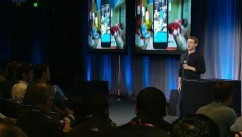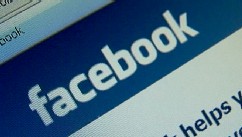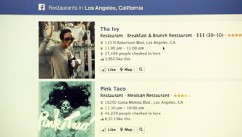Mitsubishi will have to delay the release timeline of the new generation Lancer sedan because of spending cuts. Instead of respecting the life cycle of five years, will have to adopt a seven this time, prioritizing more profitable models, said product manager brand, James Tol, during the launch of the Outlander crossover in Australia. But the prototype of the new model is already under study and should be ready to be shown to the public for the first time in the Hall of Tokyo (Japan) in November of next year, probably as a hybrid AWD.
Unlike the current generation, the new Lancer will not look so aggressive. The Japanese decided to adopt a new line look more friendly. Moreover, it also will not apply the same visual identity in all its models, and has been doing lately along with other brands such as Volkswagen and Ford. A good example of the new strategy will be compared with the small Mirage Outlander crossover, two cars brand identities with different looks.
The information was revealed by Osamu Masuko, Mitsubishi executive, who also confirmed that the idea of the brand is to combine sportiness and environmental awareness. It is expected that the hybrid powertrain is composed of a block diesel and electric.
The aging, oft-forgotten Mitsubishi Lancer won’t get a replacement until sometime in 2014, but a new report states that the next-generation model could be a relatively drastic departure from the car you see here. Mitsubishi Motors Corporation President Osamu Masuko told Australian site The Motor Report that the new Lancer will be smaller than the current car, going in a different direction than the vast majority of other automakers.
Masuko-san says: “The new Lancer will be a very new car, and will be sized somewhere between the current model and its predecessor”
Mitsubishi delays the release of New Lancer Sedan Generation





















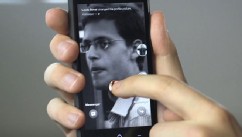
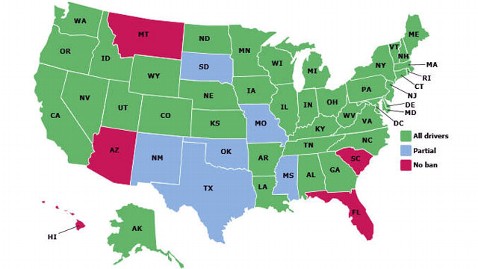 States That Have Outlawed Texting While Driving
States That Have Outlawed Texting While Driving


